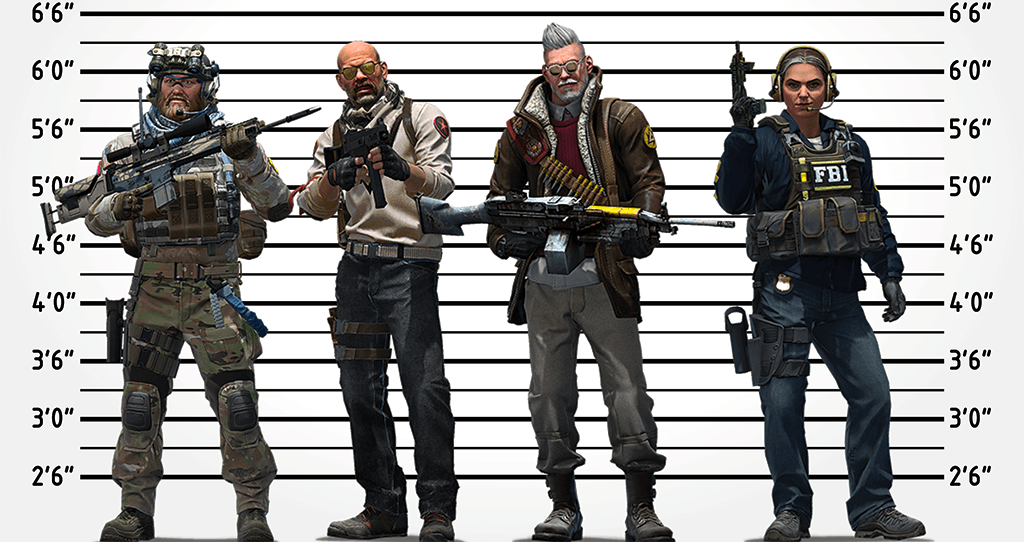Brett Rickaby's Insightful Corner
Exploring the world through news, tips, and intriguing stories.
Diving Deep into Player Skin Economics: Where Pixels Meet Profits
Uncover the secrets of player skin economics and discover how virtual pixels turn into real profits. Dive in now!
The Hidden Costs of Virtual Luxury: Understanding Player Skin Economics
The allure of virtual luxury in gaming, particularly through player skins, has created a thriving economy that many players don't fully understand. Player skin economics refers to the financial implications of buying, selling, and trading virtual cosmetics, often leading players to purchase items without fully grasping their real-world costs. For instance, a seemingly innocuous skin can cost as little as a few dollars, yet players can easily find themselves spending hundreds or even thousands over time. This phenomenon raises the question: what are the true hidden costs of indulging in these virtual luxuries?
Moreover, the impact of player skin economics extends beyond mere monetary expenditures. Players often invest significant amounts of time into acquiring these coveted items, leading to a potential fixation that can affect their gaming experience and overall well-being. In many cases, players are drawn into a cycle of perpetual spending, driven by limited-time offers and exclusive skins that create an artificial sense of urgency. Understanding these hidden costs is crucial, as the emotional toll and potential financial strain can outweigh the joy of owning a unique virtual item. Thus, it's essential to approach skin economics with a balanced perspective, weighing the fun against the potential downsides.

Counter-Strike is a popular series of first-person shooter games that pits teams of terrorists against counter-terrorists in various game modes. Players can enhance their gaming experience by using in-game items, and many seek out a csgoroll promo code to gain advantages. The game has a robust competitive scene and is known for its strategic gameplay and teamwork.
From Rarity to Value: What Makes a Skin Worth Its Price?
The journey of a skin from rarity to value is influenced by several key factors. First and foremost, rarity plays a crucial role; skins that are harder to obtain tend to command higher prices. This rarity can stem from limited time events, exclusive releases, or unique design attributes. For example, a skin that was only available during a special event tends to be seen as more valuable due to its limited availability, creating a sense of scarcity among the players. Additionally, the demand for certain skins can inflate their price dramatically, especially if they are associated with popular characters or thematic elements in gaming culture.
Another important aspect to consider is the condition and the market trends. Skins that maintain their appeal over time, either through aesthetic value or gameplay functionality, tend to appreciate in value, making them sought-after collectibles. Furthermore, factors such as community sentiment, gaming updates, and influencer endorsements can greatly impact a skin's market price. As a result, players and collectors must stay informed and engaged with the community to understand and predict the value of their skins effectively.
Are Skins Just Pixels? Exploring the Real-World Impact of In-Game Economies
The debate around whether skins in video games are merely pixels or represent something more significant is ongoing. In many contemporary gaming environments, these cosmetic items have transcended their original purpose, evolving into valuable commodities. Players now engage in in-game economies where the trading, selling, and purchasing of skins can lead to substantial real-world implications. For instance, in popular titles like CS:GO and Fortnite, rare skins can fetch thousands of dollars on secondary markets, highlighting how a simple digital asset can reflect an individual’s economic status or gaming prowess.
This phenomenon raises important questions about the ethics and sustainability of in-game economies. As skins become more integrated into the overall gaming experience, they can impact social dynamics within the gaming community. The disparity in the accessibility of rare skins can foster feelings of exclusivity and competition among players, often leading to a pay-to-win mentality where those who are willing to spend more can enhance their gaming experience. Moreover, as skins have become a part of online identity, their value can influence not only players’ engagement but also their investment in the gaming community.